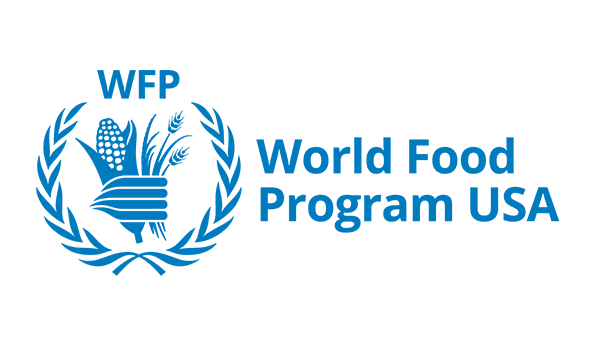FAO and WFP update UN Security Council on food insecurity hot spots, need for continued humanitarian support.
ROME – Food insecurity in conflict-stricken countries continues to deteriorate, meaning humanitarian efforts to provide affected communities with food relief and livelihood support remain extremely critical , FAO and WFP have told the UN Security Council.
Their latest report to the Council on food insecurity covers 16 countries: Afghanistan, Burundi, the Central African Republic, the Democratic Republic of the Congo, Guinea-Bissau, Haiti, Iraq, Lebanon regarding the Syrian refugees, Liberia, Mali, Somalia, South Sudan, Sudan, Syrian Arab Republic, Ukraine and Yemen, plus the transboundary Lake Chad Basin area.
In half of these places, the FAO-WFP assessment notes, a quarter or more of the population is facing crisis or emergency levels of hunger as measured on the international IPC food insecurity scale.
But these are far from being the only countries flagged as cause for concern.
For example, in the Democratic Republic of the Congo — where serious food security concerns have been overshadowed by crises in other parts of Africa — the situation is rapidly deteriorating, the report warns. There, 11 percent of the population is now in IPC Crisis phase or above, adding up to 7.7 million people who are coping with acute hunger.
In Sudan, 3.8 million people are in IPC Crisis phase or above. In Iraq, that figure is 3.2 million while in the Lake Chad basin, the number is 2.9 million people. In Burundi and Haiti, it is 1.8 and 1.3 million, respectively. (Read the full FAO-WFP update here)
Conflict drives hunger
A common factor undermining food security in all 16 countries included in the report: conflict.
Indeed, the intensification of conflicts is a key reason behind the recent resurgence of world hunger levels following decades of steady declines, according to the UN’s most recent assessment of global food security.
The number of hungry people on the planet rose to 815 million people in 2016, up from 777 million the year before, the assessment, released last October, found. The majority of the hungry live in countries wracked by conflict – 489 million people.
Food security essential to peace
The new FAO WFP update is the latest in a series of regular, bi-annual briefings to the Security Council on food security in countries it is formally monitoring.
This activity complements a larger effort to track globally food crises and provide coordinated responses that is summarized in the annual Global Report on Food Crisis and its associated Global Network Against Food Crises. Initiated by FAO, WFP and EU, that effort now involves a network of partners and donors including the Famine Early Warning Systems Network (FEWS NET), FAO, Africa’s Intergovernmental Authority (IGAD), The Permanent Interstate Committee for Drought Control in the Sahel (CILSS), UNICEF, the UN’s Office for the Coordination of Humanitarian Affairs (OCHA), WFP and USAID.
It reflects the new consensus that to achieve sustainable development and food security and nutrition goals, activities to support resilient livelihoods must be combined with peacebuilding and conflict resolution efforts. Investing in food security can strengthen efforts to prevent conflict and achieve sustained peace.
# # #
Link to download “Conflict & Hunger” photos: https://spaces.hightail.com/receive/GCtQ0ABSEl
About WFP
WFP is the world’s largest humanitarian agency fighting hunger worldwide, delivering food assistance in emergencies and working with communities to improve nutrition and build resilience. Each year, WFP assists some 80 million people in around 80 countries.
About FAO
Achieving food security for all is at the heart of FAO’s efforts – to make sure people have regular access to enough high-quality food to lead active, healthy lives. FAO’s mandate is to raise levels of nutrition, improve agricultural productivity, better the lives of rural populations and contribute to the growth of the world economy. www.fao.org
For more information please contact (email address: firstname.lastname@wfp.org):
Steve Taravella, WFP/New York, Tel. +1-646-5566909, Mob. +1-202-770-5993






